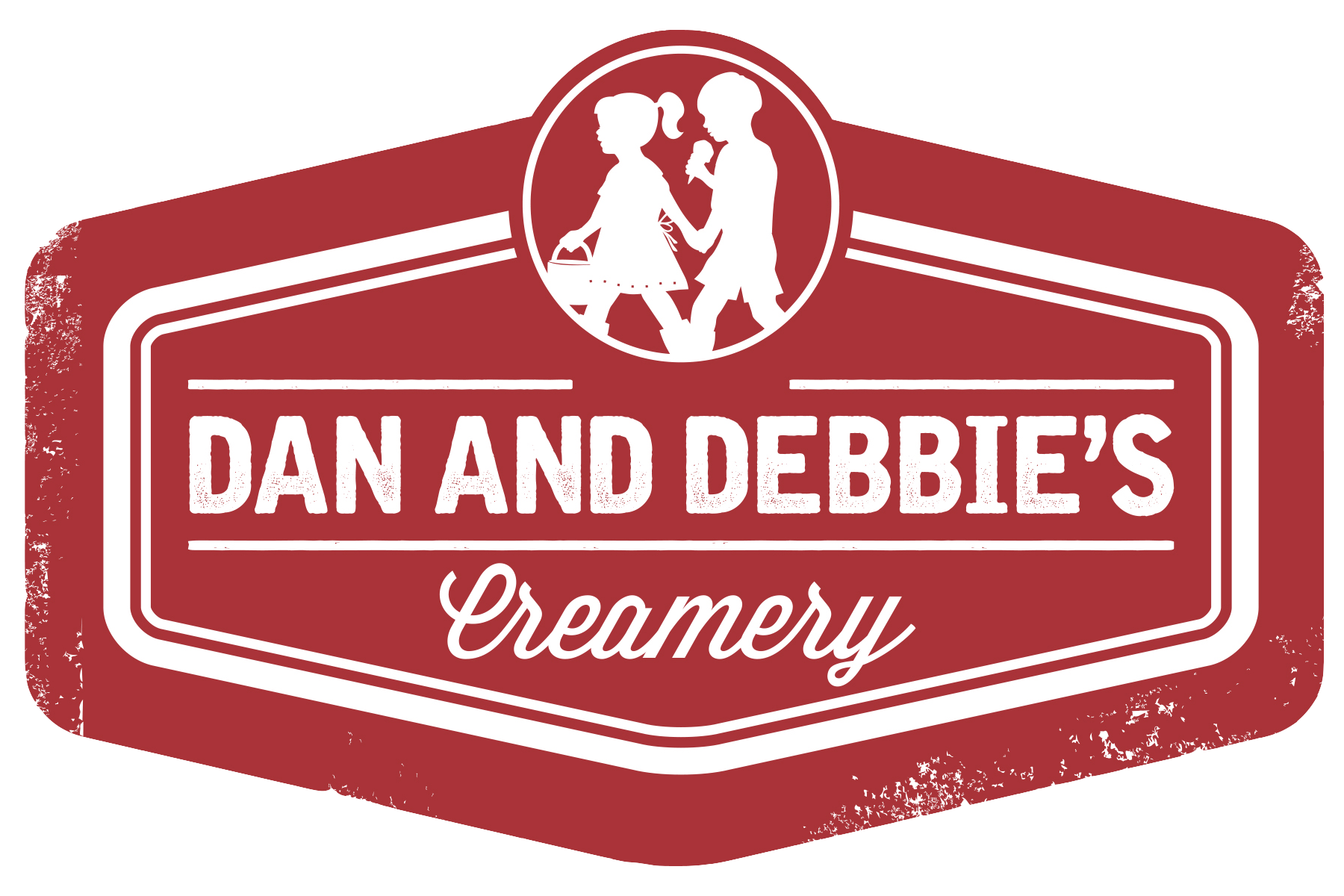The amount of food thrown away each day is shocking. Recent studies show that one of the main reasons for this waste is due to that date on the package. We hope this post will inform you about our dairy products and how we determine the date on the package so you can prevent food waste while still keeping your family safe from foodborne illness.
Food labels are confusing – we get it. Here is a quick overview that breaks down the phrases that accompany a date on food:
-
“Sell by”: This date tells retailers how long to display a product on the shelf. Food may taste best when purchased before this date, but you can safely consume it afterward for some time.
-
“Use by” or “Best if used by”: To enjoy an item’s best texture and flavor, eat it before this date. These dates refer to the best quality of the product and not safety dates.
-
“Expired by”: If you haven’t used food by this date, throw it out.
Dan and Debbie’s Creamery dairy products have a “sell by” date on the package. When the date on the container is fast approaching or has just passed, you are still able to safely enjoy it 5-7 days past this date.
Regardless of issued dates, fresh foods can harbor bacteria if you handle them improperly. For dairy products, the most important step you can take to maximizing their shelf life and safety is temperature control. For example, milk is supposed to be refrigerated, so try to avoid setting it out on your counter for any length of time. Also, try to keep your milk in the coolest part of your refrigerator and avoid storing milk in the door shelf where it is exposed to heat each time the door is opened. Remember that dairy products often last past the prescribed date. Test your milk, cheese or yogurt before tossing it – you can prevent food waste and save money by keeping these tips in mind.
- Posted by Josie Rozum
- On February 8, 2018
- 0 Comments
Scroll




0 Comments